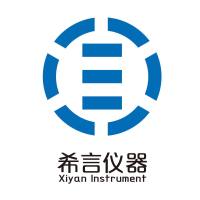High-Throughput SAXS for the Characterization of Biomolecules in Solution: A Practical Approach
互联网
454
The recent innovation of collecting X-ray scattering from solutions containing purified macromolecules in high-throughput has yet to be truly exploited by the biological community. Yet, this capability is becoming critical given that the growth of sequence and genomics data is significantly outpacing structural biology results. Given the huge mismatch in information growth rates between sequence and structural methods, their combined high-throughput and high success rate make high-throughput small angle X-ray scattering (HT-SAXS) analyses increasingly valuable. HT-SAXS connects sequence as well as NMR and crystallographic results to biological outcomes by defining the flexible and dynamic complexes controlling cell biology. Commonly falling under the umbrella of bio-SAXS, HT-SAXS data collection pipelines have or are being developed at most synchrotrons. How investigators practically get their biomolecules of interest into these pipelines, balance sample requirements and manage HT-SAXS data output format varies from facility to facility. While these features are unlikely to be standardized across synchrotron beamlines, a detailed description of HT-SAXS issues for one pipeline provides investigators with a practical guide to the general procedures they will encounter. One of the longest running and generally accessible HT-SAXS endstations is the SIBYLS beamline at the Advanced Light Source in Berkeley CA. Here we describe the current state of the SIBYLS HT-SAXS pipeline, what is necessary for investigators to integrate into it, the output format and a summary of results from 2 years of operation. Assessment of accumulated data informs issues of concentration, background, buffers, sample handling, sample shipping, homogeneity requirements, error sources, aggregation, radiation sensitivity, interpretation, and flags for concern. By quantitatively examining success and failures as a function of sample and data characteristics, we define practical concerns, considerations, and concepts for optimally applying HT-SAXS techniques to biological samples.









